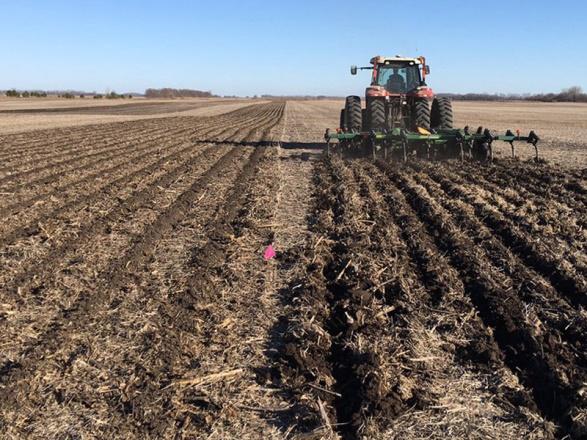Farmers own a plot of land on which they grow crops through Farmtrac 60 Powermaxx throughout the year. He might also farm on abandoned terrain. Imagine if he could start farming straight on the same ground over and over again.
Due to roots after each harvest, there are bound to be residues from crops, soil clods, insects, vermin, and compacted soil. So, to increase yields for the following season, farmers must do something to improve soil conditions for crop growth. The significance of tillage follows.
So let’s get started.
Introduction to Tillage
Tillage is a method of cultivation used for preparing the soil for plant development. It can be accomplished using a tractor, a harrow, or a disc plough. Tillage turns over the soil surface, breaks up soil clods, and removes weeds and trash. It also facilitates rain or irrigation reaching the root zone of plants.
Tillage strategies are generally classified into two categories: primary and secondary.
Primary tillage activities entail manipulating the soil at deeper depths, whilst secondary tillage operations are shallower.
Primary tillage is the most rigorous type and typically involves ploughing. It happens at the start of the upcoming cropping season when farmers prepare their ground for planting new seeds. Field cultivators, harrows, tandem or off-set discs and packers are used following primary tillage processes.
These methods are less intensive and disrupt the soil at a less severe level than primary tillage; these are also typically location-specific. A third category, tertiary tillage, is also used when the soil demands disruption during the sowing, management, or reaping phases.
Tillage’s Goal and Significance
- It aids in forming a deep seed bed suited for a wide range of crops.
- Protecting the vegetation may contribute more humus and richness to the soil.
- It aids in the destruction and prevention of weeds.
- It aids in the physical improvement of the soil.
- They are used to loosen hard soil pans and enhance drainage.
- Because the soil reduces, root penetration becomes easier.
- We can improve soil aeration to allow for crop growth.
- It aids in enhancing the earth’s soil’s water-absorbing potential.
- It aids in the modification of soil temperature.
- We can quickly eliminate bug and pest breeding grounds in the soil.
- It also aids in the reduction of soil erosion.
What Effect Does Tillage Have on Soil Quality?
While one of the primary objectives for which farmers use tillage is to increase the amount of readily accessible nutrients in the soil, new research has found that the procedure negatively influences soil quality.
It is because the tillage process breaks the soil, disturbing its structure. It increases the rate of surface runoff while simultaneously increasing soil erosion.
Higher surface runoff can harm landowners who live in areas with low rainfall as increased runoff decreases the water table, exacerbating the effects of droughts.
The churned-up soil becomes more susceptible to wind and rain, which blows and drains away the soil because it no longer has a firm structure. Tillage also eliminates crop residue, which normally protects the topsoil from the impact of rain.
As a result, increasing percentages of subsoil are lost, lowering soil quality, diminishing fertility, and polluting surrounding bodies of water when the soil that has been eroded deposits itself.
Tillage System & The Use of Machinery
There are many various tools and machinery that are utilised to till the soil. Each of them has a different set of positive and negative aspects. The optimum tillage method for the job is decided by criteria such as soil type and crops to be sown. The configuration of the land and personal tastes also influence the selection.
Ploughs, disc harrows, subsoilers and field cultivators are the most popular tillage devices used in commercial farming. These must be kept in peak condition to operate as effectively and securely as feasible.
Tillage & The Impact on Global Warming
One significant disadvantage of adopting tillage procedures is that it helps cause climate change. Carbon dioxide is normally held in the soil, but churning it up releases this normally sequestered carbon dioxide into the environment, boosting greenhouse gas emissions.
If agriculture discontinued employing this strategy, the carbon would still stay in the ground, and the emissions from agriculture would be greatly reduced.
Agriculture will likely shift away from tillage processes in the future, relying on technological advances to maintain the advantages of tillage while minimising the carbon emissions and soil damage associated with the process.
Final Thoughts
To summarise, tillage farming is an environmentally friendly agricultural technique that can enhance soil health, reduce costs, and enhance crop yields. However, you must also use tractors like Swaraj 963 for better productivity. Still, Tillage can lead to a more effective and environmentally friendly farming method.


